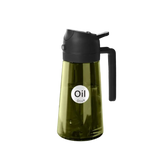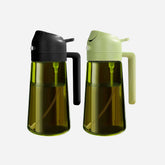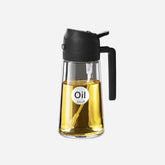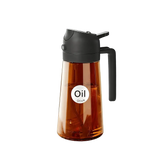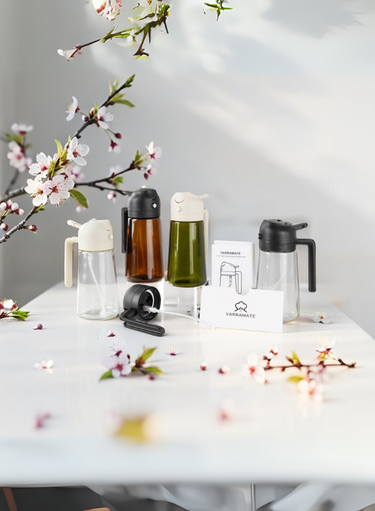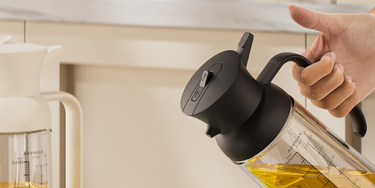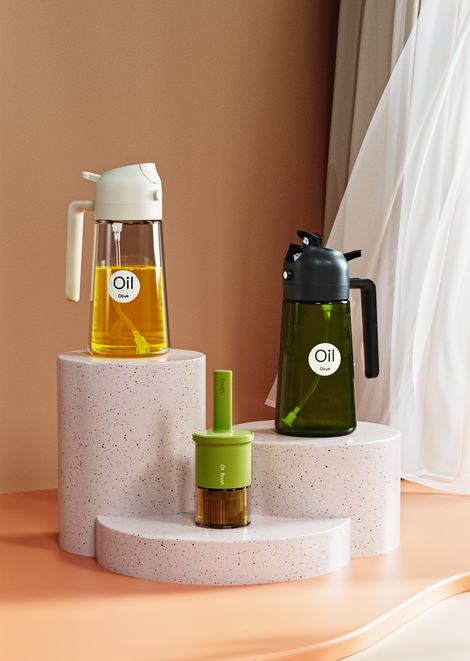How to Use a Handheld Milk Frother at Home: Simple Tips for Creamy Perfection
Frothed milk is essential to many tea lattes and espresso-based drinks. While your tea is steeping or your coffee is brewing, you can create café-style foam right in your kitchen—no bulky machines required. I’ve been making tea lattes for years, from Matcha and Hojicha to London Fogs and Chai. People often ask how I get that silky foam on top. My secret? A small, affordable tool—the handheld milk frother.
What Is Milk Frothing and Why It Matters
Milk frothing is the process of adding air into milk to create light, airy foam. This foam adds body, sweetness, and texture to drinks like cappuccinos, macchiatos, and tea lattes. According to Perfect Daily Grind, microfoam—foam with tiny, uniform bubbles—enhances mouthfeel and highlights coffee’s natural sweetness. Luckily, you can achieve the same result at home with the right technique and a good handheld frother.
Frothed Milk vs. Steamed Milk: Know the Difference
Many people confuse frothed milk with steamed milk. They’re not the same. Steamed milk is heated and aerated using a steam wand, producing a velvety texture. Frothed milk, on the other hand, is lighter and foamier. You can make it with a handheld milk frother in less than a minute. This difference matters when you’re experimenting with drinks—latte art needs steamed milk, while cold foam or matcha works best with frothed milk.
What Makes a Handheld Milk Frother So Convenient
- Fast and easy — froths milk in 20–30 seconds.
- Compact and travel-friendly.
- Affordable and eco-friendly.
- Effortless cleanup — just rinse and wipe dry.
Step-by-Step: How to Froth Milk Like a Pro (in 4 Steps)
- Heat your milk to around 140–160°F (60–71°C).
- Insert the frother just below the surface and turn it on.
- Move slowly up and down for 20–30 seconds to mix air.
- Stop when volume doubles—smooth, silky bubbles appear.
⚡ Battery vs. Type-C Rechargeable Milk Frothers
Most handheld frothers used to rely on AA batteries. They’re portable but wasteful. The latest models—including ours—use USB Type-C charging instead.
- Eco-friendly: no disposable batteries.
- Faster charging—full in about 1 hour.
- Longer runtime—up to a month per charge.
- Consistent whisking speed every time.
Troubleshooting: Common Milk Frothing Problems
- Milk won’t foam: Milk too hot or cold. Use whole milk or barista oat milk.
- Big bubbles: Frothing too fast—keep the whisk near the surface.
- Weak frothing power: Check battery or recharge.
- Foam collapses: Avoid overheating; it breaks milk proteins.
What Makes a Milk Frother Truly “Worth It”?
A good frother isn’t just about foam—it’s about comfort, consistency, and easy cleaning. Look for steady power, smooth whisking, and simple rinsing.
Why the Yarramate Handheld Milk Frother Stands Out
Yarramate’s handheld frother combines sleek design with functionality—stainless-steel whisk, strong motor, ergonomic handle, and USB recharge. Cleaning is effortless: rinse under warm water, no disassembly needed.
A Few Real-World Uses Beyond Coffee
- Mix protein shakes or collagen powder.
- Whisk matcha evenly without clumps.
- Blend cocoa for smooth hot chocolate.
- Create cold foam for iced drinks.
About Yarramate: A Brand with Heart and Purpose
Founded in 2022 in Shanghai, Yarramate focuses on thoughtful, sustainable kitchen tools that make daily routines easier and more enjoyable. From oil sprayers to milk frothers, every product blends design and practicality to bring a little joy into everyday life.
Final Thoughts: Small Tool, Big Joy
The beauty of a handheld milk frother lies in its simplicity. It turns ordinary mornings into moments of calm and creativity. A few seconds of whisking can make your coffee—or your day—a little better.
FAQs: Quick Fixes for Common Frothing Issues
-
Q: Why isn’t my milk frothing properly?
A: The milk might be too cold or too thin. Warm it slightly or use barista oat or soy milk for richer foam. -
Q: Why am I getting big bubbles instead of smooth foam?
A: You’re whisking too hard or holding the frother too deep. Start gently and keep the whisk near the surface. -
Q: My frother feels weak — what’s wrong?
A: The battery may be low. Recharge it fully before use for steady performance. -
Q: Can I froth plant-based milk?
A: Yes — oat and soy work best. Almond and rice milk make lighter foam, so pick barista blends for stability. -
Q: How long should a good milk frother last?
A: Electric frothers usually last 3–5 years; manual ones even longer with care and cleaning. -
Q: Why does my foam collapse quickly?
A: Overheated or old milk weakens protein structure. Keep milk fresh and under 150°F (65°C). -
Q: Can I use a frother for cold drinks?
A: Absolutely. Use chilled milk or cream for cold foam—perfect for iced lattes or matcha. -
Q: How do I clean my milk frother properly?
A: Rinse the whisk immediately after use under warm water; avoid immersing the motor. -
Q: Is it okay to froth directly in my coffee mug?
A: Yes, as long as it’s deep enough to prevent splashing—fill about two-thirds for best results.






